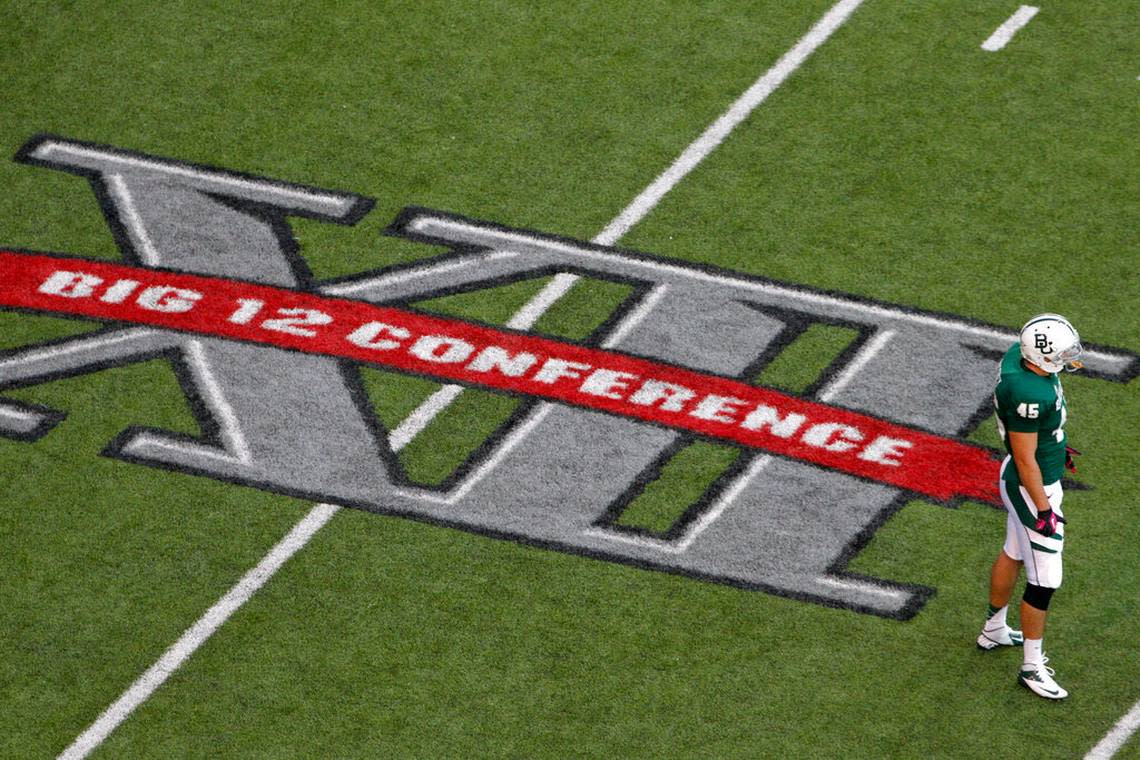
There are winners and losers in every business deal, and that’s what college sports realignment is: big business.
In this case, major college football programs that are more attractive to television and streaming entities leave behind the schools with which they’ve been aligned for decades — in some cases, for even more than a century.
Southern California and UCLA have two more years remaining in the Pac-12 before joining the Big Ten. This West Coast getaway is similar to the Texas two-step of a year ago, when Texas and Oklahoma said adios to the Big 12 and bolted for the SEC.
Geography, rivalry and purpose are no longer binding agents. Media contracts are. Fly a volleyball team from California to Pennsylvania for a regular-season match? That’s the price to pay to get a USC-Penn State conference football game
Here are some winners and losers from the latest round of realignment.
Winner: Big Ten
Obviously. The 126-year-old conference made another expansion play with Thursday’s news. The league will grow to 16 teams by 2024 and adds the best football brand available (in USC) as well as an iconic brand (UCLA), both situated in the Los Angeles market.
Previously, the league added Penn State in 1990, Nebraska in 2011 and Maryland and Rutgers in 2014.
Is 16 the magic number? That’s where the SEC will soon stand. The ACC has 14 football members, the Big 12 will have 12 and the Pac-12, if it doesn’t make a move of its own now, 10. That’s 32 teams for two leagues, 36 for three, plus football independent Notre Dame. The case is getting stronger for those who believe college football will end up with two or four super-conferences.
Loser: UCLA and USC Olympic sports
Teams that basked in warmth and didn’t often venture far from the Pacific Time Zone will now battle the climates of the Midwest and points north — points located multiple time zones away.
The Olympic sports, such as track and field, swimming, are collateral damage in realignment. Schools could and should get together and put an end to the travel silliness, perhaps aligning their Olympic-sports programs more geographically.
Winner: Big 12
Really? Finally? After serving as a punching bag through earlier waves of realignment, the Big 12 finds itself in something of a predator mode here.
Losing Texas and Oklahoma to the SEC hurt. Adding Brigham Young, Houston, Cincinnati and Central Florida softened the blow and energized the conference.
Now, with the Big Ten and SEC soon to be 16 teams apiece, the Big 12 seems well positioned to add some remaining Pac-12 members and bolster its attraction to future TV and streaming partners.
Arizona and Arizona State have long been rumored as Big 12 possibilities; former member Colorado knows the territory; and Utah-BYU would automatically become one of the league’s top rivalries.
Loser: Pac-12
Remember when the Pac-12 sent chills through the Heartland when former commissioner Larry Scott toured the Southwest, poised to invite Texas, Texas A&M, Texas Tech, Oklahoma and Oklahoma State and create the Pac-16? After all, Colorado had already joined.
The plan was foiled by Texas. The newly created Longhorn Network couldn’t be worked into the Pac-12 Network, and the deal fell apart. This swing-and-miss meant kept alive the Big 12, and now it’s the Pac-12 that finds itself in scramble mode.
Loser: The Alliance
That Big Ten/ACC/Pac-12 show of force a year ago, dedicated to “a commitment to, and prioritization of, supporting student-athlete well-being, academic and athletic opportunities, experiences, and diverse educational programming,” according to a brochure, might need a break.
The alliance accomplished this: It killed the 12-team playoff idea.
WInner: College football viewers
Realignment creates better matchups on autumn Saturdays for TV ratings that support rights fees. And the moves over the last couple of years mean we’ll see more regular-season showdowns like Alabama-Oklahoma, USC-Ohio State and Georgia-Texas. That’s good stuff.
Loser: Rose Bowl
The Granddaddy of Them All will have to figure this out. If the Pac-12 is sold for parts, the Rose Bowl loses an anchor. Maybe it can become the site of the Big Ten Championship Game.
